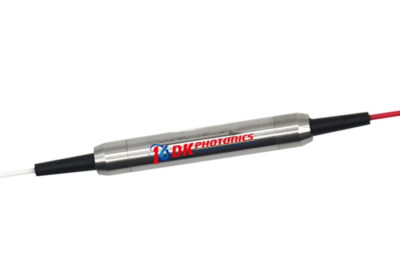In today’s fiber optic network, optical passive components have become more and more essential. Years ago, the need to passively switch, tap, split and multiplex optical signals were very high but there was no such option available. But, today, it’s possible as technology has helped the designers a lot. They can expand these tasks using innovative passive devices. Also, it’s easier for them to direct, control and filter optical signals for more creative and cost-effective systems designs.
The term “passive” in the components means that they do not require electrical-to-optical or optical-to-electrical conversion when operating. Another reason to use optical passive components is that they allow capacity upgrades at a relatively low cost. There is no additional construction work required in the existing network during upgradation.
Optical passive components have made things easier in the fiber optic networks but what the components are. In this post, we will be discussing the optical passive components used in fiber optic networks.
Optical connectors– Also known as fiber optic connectors, the optical connectors are used for joining two pieces of optical fibers, cables, or optical devices. The connections are temporary or demountable.
The functioning of optical connectors is one but they are of different kinds. You will find connectors developed at different and for different purposes.
Optical couplers/splitters- People often get confused between couplers and splitters. But the fact is, both are different just like their names. A coupler combines light from different fibers while a splitter separates light into different fibers.
The two kinds of splitters are traditional fused type splitter known as FBT coupler and PLC splitter based on the PLC technology. FBT coupler is while PLC splitter is structurally compact and suitable for density applications.
Optical attenuators– To reduce transmitted light power in a controlled manner, optical attenuators are used. The primary roles of optical attenuators are preserving a receiver from reaching saturation, balancing wavelength, equalizing node power in the multi fiber-distribution network, or testing.
The four types of optical attenuators are plug-style attenuators, in-line attenuators, fixed attenuators, and variable attenuators.
Optical Isolators– As optical isolators transmit light only in one direction, they prevent the transmission of back-reflected light. In a fiber optic network, the optical isolator blocks light transmission toward the laser. This application controls the noise because lasers are sensitive to accidental reactions at the same wavelength.


Leave A Comment